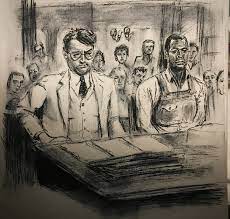Scout's Journey

In Maycomb, we follow the story of "To Kill a Mockingbird" through the eyes of Jean Louise Finch, also known as Scout. Harper Lee's timeless tale shows Scout growing up in the 1930s South, where there's a lot of tension about race. As a smart and curious girl, Scout gives us a special view of the tricky moral parts of Maycomb.
Scout's dad, Atticus Finch, is a good and fair lawyer who becomes the center of a trial that shows how racial unfairness is happening. Scout tries to figure out what's right and wrong as she deals with the complex parts of society. When she sees the trial of Tom Robinson, a black man wrongly accused, she realizes there are deep biases in her town.
In the story, the mockingbird symbolizes innocence and the harm it can go through. Scout learning more about the world is like the mockingbird's vulnerability. This emphasizes the main idea of the story — that we should condemn those who hurt innocent people.
As Scout gets older, she understands more about people. Through her eyes, we see the fight between good and bad, the strength of people, and the bravery to question what society thinks is normal. "To Kill a Mockingbird" reminds us to see the world from other people's perspectives, choosing empathy over unfair judgments.
In the end, Scout's journey shows us how powerful it is to understand others and feel for them. Harper Lee's amazing book inspires us to rethink our ideas and work towards a world where empathy wins over unfair judgments.